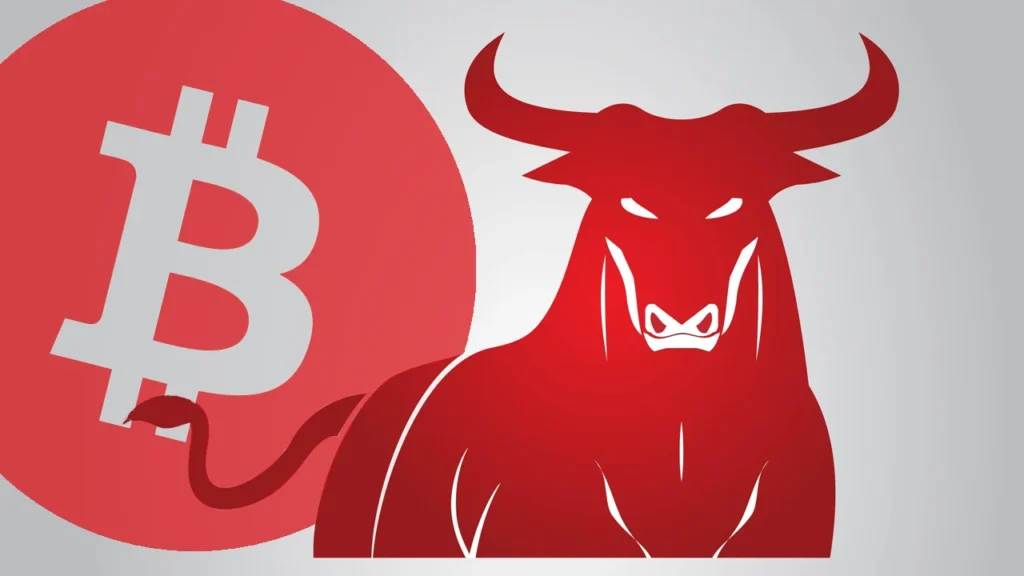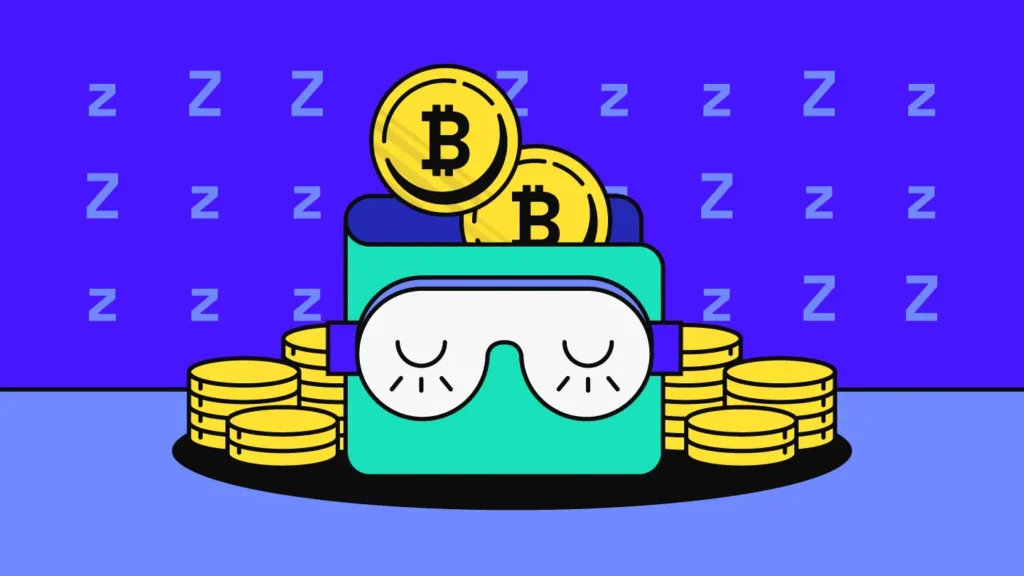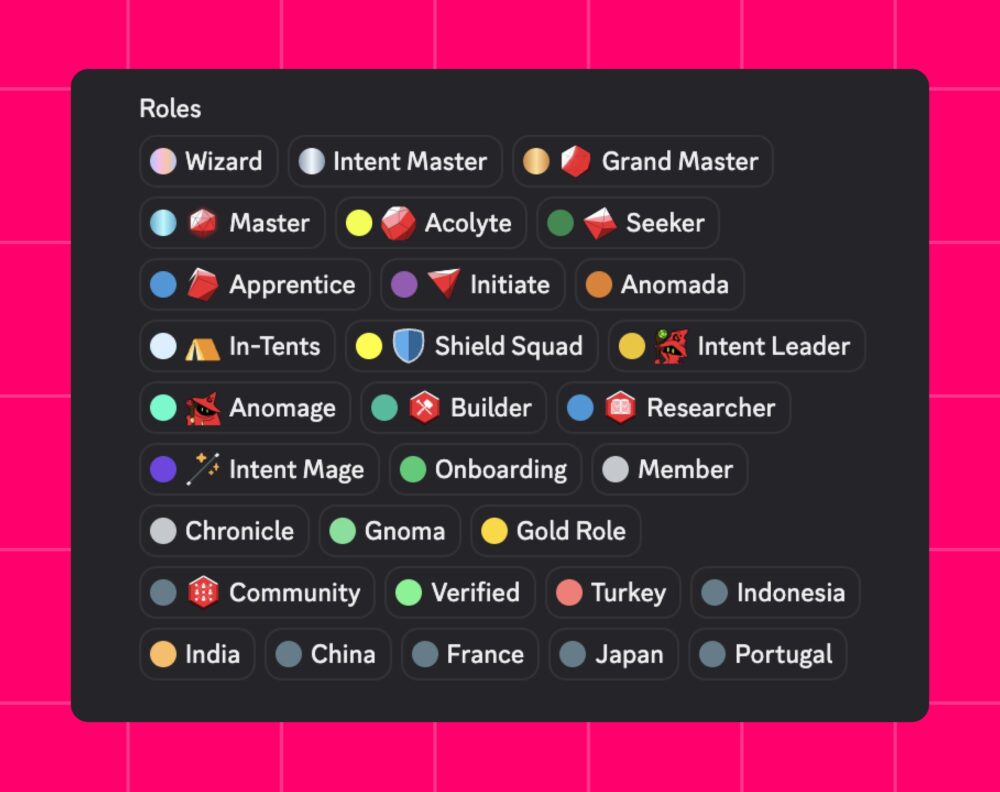How Discord roles are redefining Web3 airdrops. Learn why engagement, trust, and community now decide who wins the next big reward.
Continue readingPosts tagged Blockchain
Web3 Testers: Become Trash After Testnets End
In Web3 testnets, testers start as heroes, proudly called “the community.” But after TGE fills project coffers, they’re often tossed aside like trash.
Continue readingLUNA’s Rise and Fall: A Cautionary Tale in the World of Crypto
In the crypto world, new projects often arrive like blockbuster movie premieres. Some fade quietly, while others become global sensations. Back in 2021, one of the loudest arrivals was LUNA, the native token of the Terra blockchain. It promised to change the way stablecoins worked and, for a while, it really looked like the future of money. Then, in 2022, it collapsed in one of the fastest and most dramatic downfalls the industry had ever seen.
I want to walk you through that story in a way that’s easy to follow. By the end, you will not only understand what happened but also why it matters so much for anyone interested in crypto.
What LUNA Was All About
At its heart, LUNA was designed to support TerraUSD (UST), a type of cryptocurrency called an algorithmic stablecoin. If that term sounds complicated, think of it this way:
Stablecoins are supposed to be the calm, steady ships in the choppy waters of crypto. While Bitcoin and Ethereum can rise or fall wildly, a stablecoin is pegged to something stable, usually the U.S. dollar. One stablecoin equals one dollar, no matter what storms the market is going through.
Most stablecoins keep that promise by holding actual dollars or assets in reserve. UST was different. It didn’t hold a single dollar in a bank account. Instead, it relied on a balancing act with LUNA, controlled by smart contracts. It was like a tightrope walker keeping balance without a safety net.
The Clever Balancing Trick

Here is how it worked. Imagine a seesaw. On one side sits UST, on the other sits LUNA. If UST drops below $1, you can swap it for $1 worth of LUNA. If UST rises above $1, you can swap LUNA for UST. This constant ability to trade between them was meant to keep UST glued to its $1 value. Traders could profit from small differences, and in doing so, they helped keep the system balanced.
To make the whole thing even more attractive, the Anchor Protocol came in. Anchor was like a high-yield savings account for UST, offering close to 20% interest. In the real world, banks usually give you less than 1% on savings. So when Anchor waved a juicy 20% at people, it was no surprise that billions of dollars in UST flooded in. For a while, everything looked perfect.
The Cracks Begin to Show
But here’s the thing about high returns: they often come with hidden risks. That 20% wasn’t magic money. It was heavily subsidized by Terra’s own funds, costing millions of dollars per day. Just like a shop offering huge discounts to attract customers, sooner or later the shop’s owner runs out of cash.
By early May 2022, cracks started to appear. Confidence began to slip. On May 7, large investors withdrew huge amounts of UST from Anchor. That was the first push that sent the tightrope walker swaying.
The Death Spiral

Once UST dipped below $1, traders rushed to swap it for LUNA, hoping to profit. But here’s the problem: the system kept minting more and more LUNA to meet those swaps. The more LUNA flooded into the market, the lower its price went. And as LUNA’s price dropped, the value supporting UST became weaker. This made UST fall even further, which created more panic and even more selling.
It was like a snowball rolling downhill, growing bigger and faster with each turn. Within just a few days, UST’s price had plunged to a few cents. LUNA, which had been worth over $100 at its peak, was now trading at almost nothing. In total, an estimated 40 billion dollars in market value evaporated in about a week.
A Digital Bank Run
If this sounds familiar, it’s because it works a lot like a bank run. In the traditional world, if people fear their bank might fail, they rush to withdraw their savings. The more people withdraw, the more the bank struggles, and the panic grows. The difference here was that LUNA and UST had no regulator, no government safety net, and no emergency cash injection to save them. The only thing holding it all together was trust. When that trust broke, there was nothing left to stop the fall.
The Aftermath

The collapse shook the crypto world. Some people lost life savings overnight. Crypto exchanges scrambled to handle the chaos. News outlets across the globe covered the story, calling it one of the largest losses in crypto history.
Regulators stepped in quickly. Lawsuits followed. In 2023, the U.S. Securities and Exchange Commission accused Terraform Labs and its founder, Do Kwon, of fraud. After months of legal battles, Do Kwon was arrested and, in August 2025, pleaded guilty to charges including conspiracy and securities fraud. He now faces up to 12 years in prison.
I remember seeing a post on X (formerly Twitter) from a crypto commentator on the very day LUNA crashed to zero. It simply said: “The day LUNA crashed to $0 was an important reminder of crypto’s risks.” Short and to the point, but it captured exactly what many of us felt in that moment.
The Lessons We Can Take Away
From my perspective, LUNA’s collapse offers several lessons that go far beyond this single project.
First, if something offers unusually high returns for something that’s supposed to be safe, stop and ask how it’s possible. In most cases, the numbers don’t add up forever.
Second, when stability depends entirely on trust and not on actual reserves, it can vanish faster than you think. UST had no real-world backing. It was entirely dependent on the market value of LUNA, and that was too fragile to handle a crisis.
Third, while decentralization and innovation are exciting, some form of oversight can prevent disasters. Without checks and balances, the risk of total collapse is always present.
So..

Terra Luna cryptocurrency symbol, logo. Business and financial concept. Hand with smartphone, screen with crypto icon closeup
When LUNA first appeared, it felt like a glimpse into the future of money. An elegant system, run by code, free from traditional banks. For a while, it worked beautifully. But as with any balancing act, it only takes one wrong step to send everything tumbling.
I look back at LUNA’s story with mixed feelings. It was a brilliant idea, yet also a perfect example of how ambition without solid foundations can end badly. For newcomers to crypto, it’s a reminder to stay curious but also cautious. Ask the hard questions. Understand what you are investing in. And never forget that even in a digital world, the oldest rule of finance still applies: if it looks too good to be true, it probably is.
How Rare Is It to Still Hold Bitcoin from 2013?
It’s one of crypto’s most captivating stories:
“If you had bought Bitcoin in 2013, you’d be a millionaire today!”
True. But that’s only half the story.
The real question is:
How many people who bought Bitcoin back in 2013 actually still hold it today, in 2025?
Let’s unpack the math, psychology, and actual blockchain data to find out just how rare that kind of diamond-handed holding really is.
Then vs. Now: The Price Shift

In 2013, Bitcoin’s price ranged between $13 and $1,000. It was a wild, speculative asset used mostly by tech nerds, libertarians, or curious early adopters.
Fast forward to August 2025, and Bitcoin has exploded to over $116,900. That’s nearly a 100x gain from its 2013 highs.
But that rise came with years of violent market swings, regulatory uncertainty, and emotional exhaustion, factors that caused many early buyers to sell or disappear.
What Does the Blockchain Say?

We now have concrete on-chain data to support this analysis:
Dormant Coins (Over 10 Years Old)
- As of 2025, over 1.8 million BTC have been completely dormant for more than 10 years (source: Chainalysis & Glassnode).
- That’s nearly 9% of total Bitcoin supply.
This includes coins that have not moved since 2013 or earlier.
But here’s the kicker: many of those coins might not be held intentionally, they’re likely lost.
The Psychology of HODLing

Before we jump into the math, let’s talk emotions.
Holding BTC from 2013 to 2025 isn’t just about belief, it means surviving:
- Fear when prices crash 80%+
- Greed when prices spike 20x
- Uncertainty during regulatory attacks
- And even technical risks like lost passwords or broken wallets
Let’s break down the three filters every 2013 buyer had to pass through:
1. Fear: Not Selling During Crashes
Bitcoin crashed many times.
Let’s estimate that only 25% of early buyers held strong during those dark days.
2. Greed: Not Taking Profit During Bull Runs
Most people can’t resist cashing out at 10x or 50x gains.
We assume only 30% of those who passed the fear test resisted profit-taking.
3. Access: Still Have the Wallet/Keys
Lots of early BTC is lost, hard drives crashed, wallets forgotten, keys lost.
We assume 80% of survivors still have access.
Updated Math: Probability of Still Holding BTC Since 2013

Let’s put it all together with this refined formula:
P(Still Holding)=Pfear×Pgreed×Paccess
Using the values:
P=0.25×0.30×0.80=0.06
So, the estimated probability that someone who bought Bitcoin in 2013 is still holding it in 2025 is around 6%.
Cross-Checking with Blockchain Data
Does our estimate make sense?
- There are ~1.8 million BTC unmoved in over 10 years
- At that time, only about 12 million BTC had been mined
- That means 15% of early BTC remains dormant
However, many of those coins are believed to be lost, not actively held.
If we assume around half are truly held by intentional long-term holders, that’s roughly:
0.5×1.8 million=900,000 BTC
Out of 12 million BTC mined by 2013, that’s about 7.5%, which aligns closely with our 6% probability.
Analogy: Holding Bitcoin is Like Crossing a Lava Field in Flip-Flops
Imagine this:
You start walking barefoot across a volcanic field in 2013.
- You step on fire (crashes)
- There are gold coins on the ground (bull markets), tempting you to stop
- Some people fall off cliffs (lost wallets)
- Others get scared and turn back (panic-sellers)
Only a few make it across to 2025, and they’re the ones still holding BTC today.
So..
If you’re wondering how many people actually HODL from the early days, the answer is:
Only about 6 out of every 100 early buyers are likely still holding their Bitcoin from 2013.
They’ve survived emotional panic, massive gains, and digital risks, all for the chance to be part of something bigger than money.
What’s your take on this? Share your thoughts in the comments – I’d love to hear your perspective.
If there’s something you want me to cover next, just let me know. You can follow me here on my website and my Medium to get my latest updates as soon as they drop! You can also contact me through X @AskaraJr and Linkedin
What If Presidential Elections used Blockchain?
Could blockchain make elections secure and trustworthy? Here’s how Web3 voting could eliminate fraud and rebuild trust in democracy.
Continue readingThe Blockchain Trilemma Made Simple: Imagine You’re Ordering Pizza
Learn what the blockchain trilemma really means, explained in a fun and beginner-friendly way using a pizza analogy, with real-world blockchain examples
Continue readingBitcoin in Struggling Economies: Help or Risk?
Explore how Bitcoin impacts struggling economies. Learn its potential as a hedge against inflation and what needs to change for wider adoption.
Continue readingTokenized Homes You Can Buy Like Crypto NFT
Could property ownership become as easy as buying NFTs? Learn how tokenized real estate opens doors for global investors and passive income.
Continue readingWhy Web3 Is Still Too Complex for Most People
Web3 promises big change, but most people still find it too confusing. Here’s why adoption is slow and how to fix that problem
Continue readingWhy Big Mining Companies Are Ditching Bitcoin for Ethereum Staking in 2025
Big crypto firms like Bit Digital are abandoning Bitcoin mining and shifting to Ethereum staking. Ethereum is becoming the new gold mine
Continue reading







